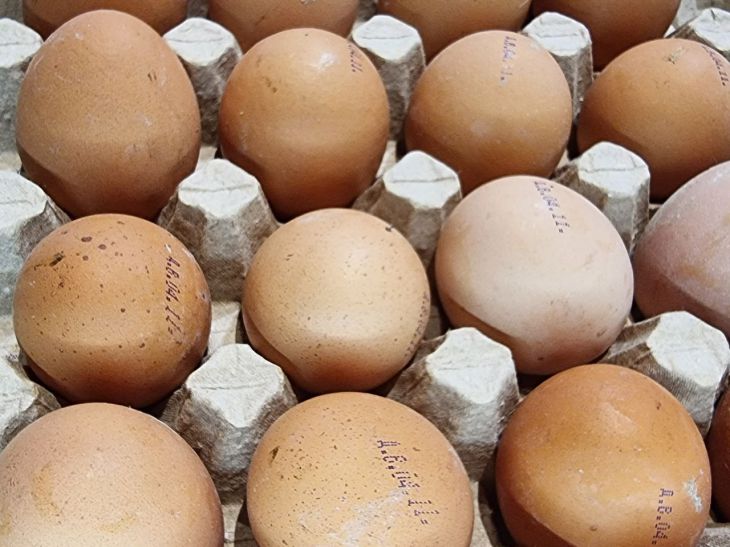In China and many other Asian countries, an unusual snack is popular - the "Centennial Egg".
The dish can be called a “record holder” in terms of cooking time.
Of course, the dish is not prepared for 100 years (as one might think from the conventional name), but “only” a few months.

All this time the egg is in a special mixture, acquiring a non-standard consistency and unusual appearance.
How to Prepare Century Eggs
Fresh chicken (less often duck or quail) eggs are immersed in an alkaline environment.
Typically, it is a mixture of tea, sodium chloride, unburned wood residue, clay and lime. Special chemical compounds are often used.
Air should not enter the place where future century eggs are stored. Insulation is provided by straw, rice husks or polymer film.
Often the “isolated” product is also buried in the ground.
The eggs must be kept for at least two weeks, but usually it is several months.
What do century eggs look like and taste like?
The result is eggs of an unusual consistency: the whites become elastic and the yolk becomes creamy.
Century eggs turn dark. During long cooking, the whites become brownish and translucent, and the yolks acquire a grayish tint.
The dish may emit a strong odor.
Despite its not-so-appetizing appearance and possible stench, the dish is incredibly appetizing. The delicate protein taste is somewhat reminiscent of the taste of a perfectly cooked pate.
We warn you: you can't try to cook an unusual dish on your own. There are many nuances that an amateur cook is unlikely to take into account.
Earlier we told you how much borscht you need to cook to become a record holder.
